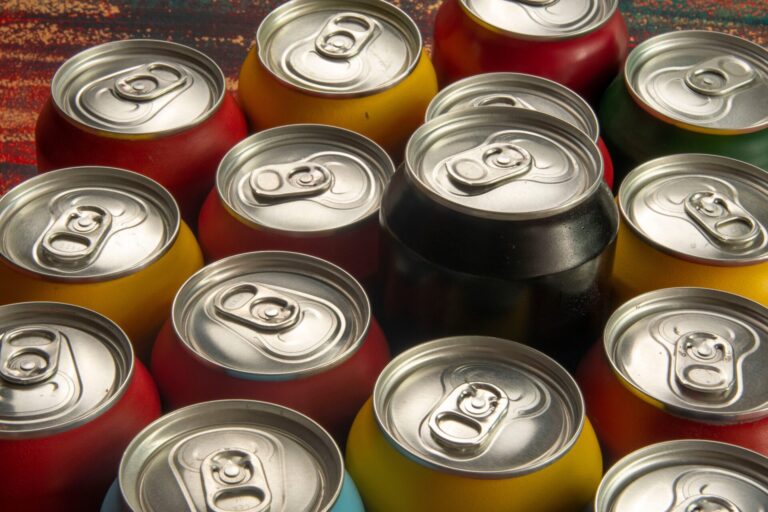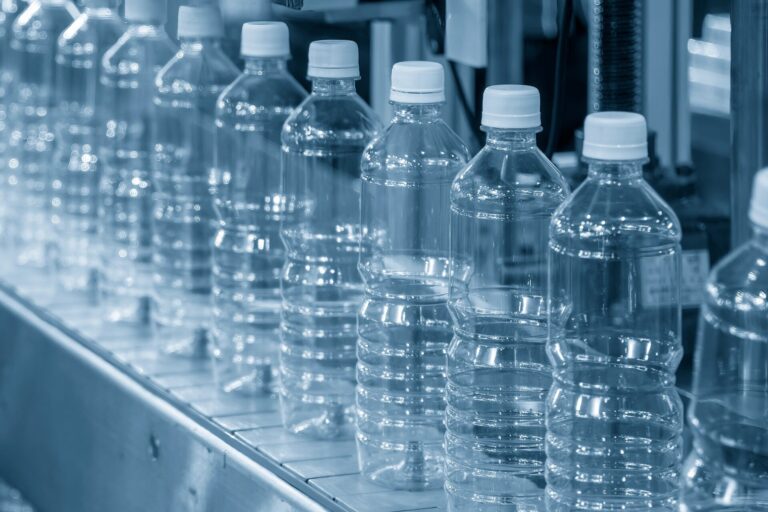Injection molding is becoming increasingly popular because it is both economical and eco-friendly. You can make several parts at the same time, most of the materials processed can be recycled, and, unlike other technologies, there is little or no material waste.
The objective is to integrate as many functions as possible into the parts produced in order to maximize economic gains, and this makes the molds even more complex. On the other hand, in the search for perfect aesthetics, designers can create all types of topography (mirror polish, graining, imitation leather, etc.) in the same mold, which will be reproduced on the entire series of pieces.
To meet all these needs, injection molders are working with ever more complex molds and increasingly technical materials. These materials and their additives are highly abrasive to surfaces, and movements in the molds generate ever-greater operating forces.
To meet these challenges, HEF draws on all its know-how regarding tribology for the plastics processing industry and the processes of liquid ionic nitrocarburizing (ARCOR) and PVD-PECVD (CERTESS® range). We provide solutions in the two following focus areas:
- Protecting the surfaces in molded cavities: Reducing abrasive wear, reducing adhesion, protecting the surface quality, reducing contamination
- Protecting moving parts. You benefit from HEF’s tribological DNA by optimizing the interactions between the various moving parts, whatever their material.
These treatments all share the objectives of optimizing the service life of your molds, keeping them in good operating condition, and reducing maintenance.

